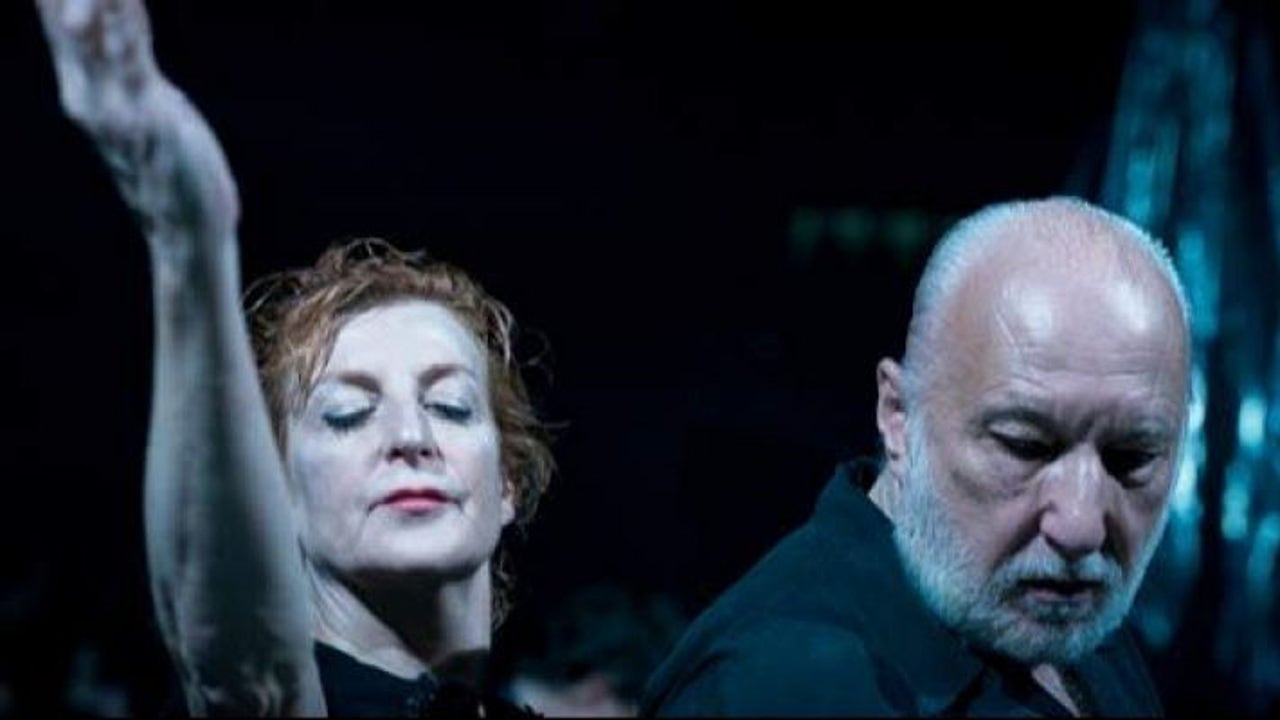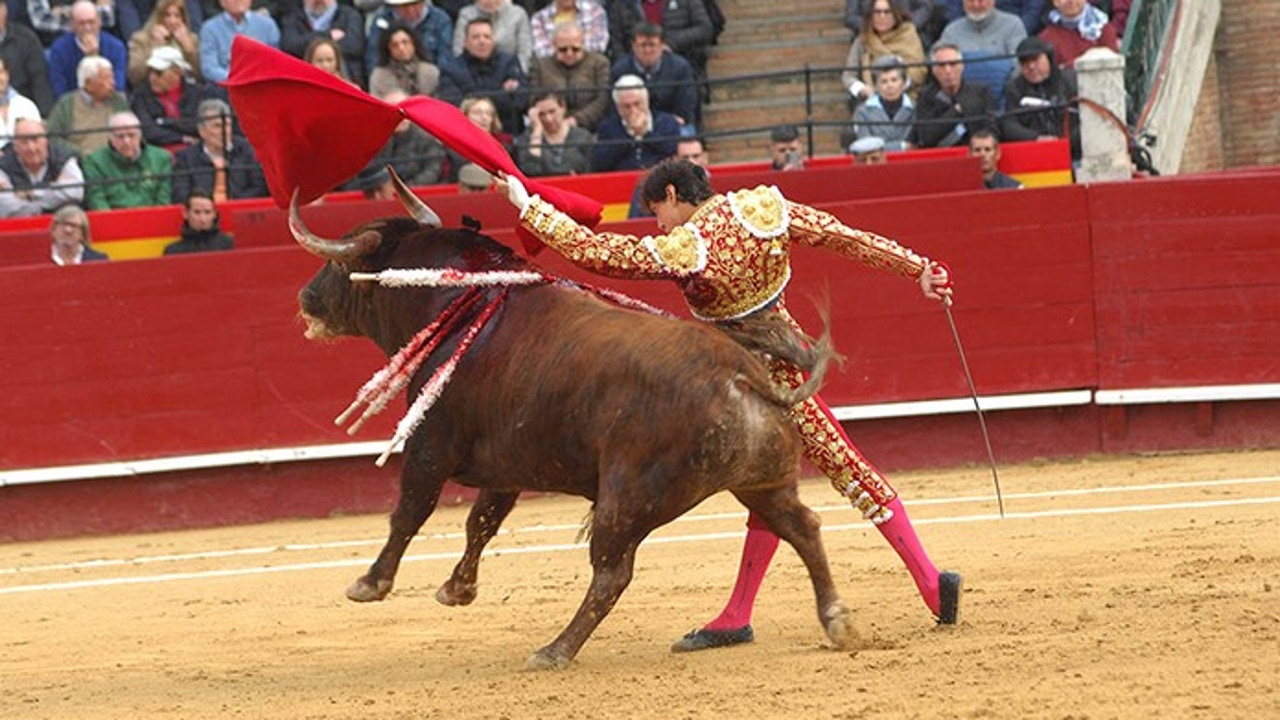The "Manson Massacre" that sank Frank Lloyd Wright's life


Tidy and meticulous. Somewhat rough in the deal. Paid for himself, but, after all, a genius, Frank Lloyd Wright had himself as one of the best architects in history and the undoubted reference of construction in the twentieth century. His work had a legion of admirers and another similar army that criticized his pride, even recognizing that each line he raised on paper was a master stroke. No wonder his life was in the media focus. He was born in 1867 and worked for more than 70 years. Until he took off as an artist, his name and his life, somewhat chaotic, was followed as if it were a soap opera for deliveries. This is related to a biography that affects the darkest and least known side of Wright and rescues one of the most spooky events that would mark both his existence and his career.
His marriage to the discreet Catherine Lee Tobin, Kitty, from whom six children were born, had according to him expiration date. The abandonment of his bulky family, with children of all ages, was a highly commented event. And not precisely for good. How could he leave such a child without the warmth of a father and his wife lying down? The headlines of the Press wondered. He did not cultivate good reputation, especially considering that he recognized that he never felt the call of fatherhood and that being a head of the family only strangled and undermined his creative vein. "I felt like I was drying inside," he justified himself. Hence he decided to cut with his previous life after meeting the wife of a good friend and client who would cease to be. Mamah Cheney, who was actually called Martha Borthwick Cheney, gave him what his first wife no longer offered. They lived their hidden love for years, until they revealed their relationship with the consequent and major scandal. The lover had two children but wanted to fly free. As the. Two spirits without ties that were. He left his offspring with the mother and she the two children in the father's care. And they were leaving for Europe to start a new life away from the talk and insidious comments of the Oak Park neighborhood, which did not forgive a betrayal of that caliber.
Berlin was the city that meant his consecration for him and Florence became an inspiration for future projects. Martha, on the other hand, came into contact with the intellectual circles of the time and met Ellen Key, a feminist thinker with whom she made a solid friendship and whose works she would dedicate to translate. Wright kept thinking of building a house for both of them. A year later, when the waters had already returned to their channel, they returned to the United States. And he set out to create what he had painted on paper. His mansion dear and loved to live with Mamah the rest of his existence. How wrong I was. “It won't look like anything you've seen before. It will be a house that respects all the principles that have given meaning to architecture since it exists, ”he cried. Two hundred hectares to build a monument to love.
An unusual biography
«Plagued By Fire: the Dreams and Furies of Frank Lloyd Wright», written by Paul Hendrickson, dive into the most macabre event in the history of the architect of the famous waterfall house. It is not a biography to use that starts with the birth and puts the end point with death. The author, who has taken more than seven years to shape and accessed poorly known documents, shows the most human face of one of the most important creators of the twentieth century. «It is too easy to circumscribe it to a cocky and selfish artist. However, it is necessary to dive and go one step further to meet the man behind, ”he says.
In 1914 the massacre took place that would shock the entire United States. An August 15, especially dry and sticky day, maybe as much as molasses. The air did not bring good omens. A summer of terror, too, as it happened with the creepy episode at Roman Polanski's house, when SharonTate and other friends who were with her were killed by the evil clan of Charles Manson on August 9, 1969. Wright was traveling on Chicago, far from Taliesin, the house he had raised with honors on a hill to live love with Mamah Cheney and her two children. His lived with his mother. Life passed with relative happiness after the scandal of their relationship. However, one of the employees of the house, a man, as revealed in the book, unstable, did not fit well that the couple tried to replace it because he was losing his head for days and slept with a knife under the pillow. They put an ad in the newspaper to take their place.
Julian Carlton, who was called the individual, could not contain the fury or contempt of the couple. It seems that first there was a dispute with one of Wright's assistants who rose in tone and ended with sour insults. Then the killing would come. The man, armed with an ax, was destroying what the architect wanted most. The first victim was Mamah Cheney. He didn't see him arrive. He opened the door to the nines and served him food. Nothing presaged what was going to happen minutes later. He surprised her with his back to him and gave her an ax that opened his head in two. Her children did not have better luck and although the little girl was able to escape at first she was killed. He was eight and twelve years old. He went from one room to another with a lost look and thirst for blood and revenge. In the room where the employees ate, he repeated the "modus operandi": he served lunch and closed the door. Then he poured gasoline to light a match and they couldn't get out of there. Seven people died. Taliesin gradually became a cemetery where bodies were piled up and blood flowed. It was a dantesque show.
The architect was far away and when he was notified and came back in a hurry he ran into a horrifying stage full of corpses. Hendrickson recounts the overwhelming journey he lived. How was that displacement by train and how he was imagining in his head what he was going to find as soon as he crossed the threshold of Taliesin, because the message that had been passed to him was brief to avoid greater evils: "Taliesin, consumed by the flames." When he arrived, completely alienated and incredulous, he sat in front of the piano and began to play Bach. Taliesin's end was near, as the servant set fire to an area of the house. The flames were stifled as it could, but the losses were very large, including a part of the collection of Asian art that the artist had bought. Without his lover and his damaged house ("the bungalow of love," they called him), Wright had to get back up. They say that he was never the same, that his character became more sullen and that his life was much more introspective. He suffered from sleep disorders and frequent nightmares.
Drink and shut up
What luck did the killer run? Carlton hid in a fireproof chamber that was in the mansion and made it packed with a canister of hydrochloric acid in case they were. He would drink it and not sing. And so he did. When he was found he swallowed the liquid, which shattered his esophagus. He spent very little time in jail, because he starved to death because he could not eat any food. The ax was found at the scene of the crime. And he pleaded not guilty. His wife was excused for having participated in the killing. The chapter closed.
Wright worked hard to pick up the burned part of Taliesin again, the damn house. And even if it seems a lie, it burned again. The tenacity of the architect to return it to life did not end. Was the architect's heart healed? Yes, it beat again over time. It seems that a woman, very shocked by what happened, wrote repeatedly to encourage him. Over time they decided to see each other. And they decided to get married. She would be his second wife, a woman addicted to morphine and social gatherings. There was a third with whom he married, a Russian dancer.
Frank Lloyd Wright was an irremediable seducer. Something had to fascinate women. Not surprisingly, he was at the beginning of the 20th century one of the most important and influential creators. He looked after his appearance to the smallest detail. He did not go out without his perfectly ironed suit, his tie and touched with a felt "porkpie", although there was also a light version for the hot summer days. The hat, which was fashionable from the mid-nineteenth century to the mid-twentieth century, was one of its hallmarks.











